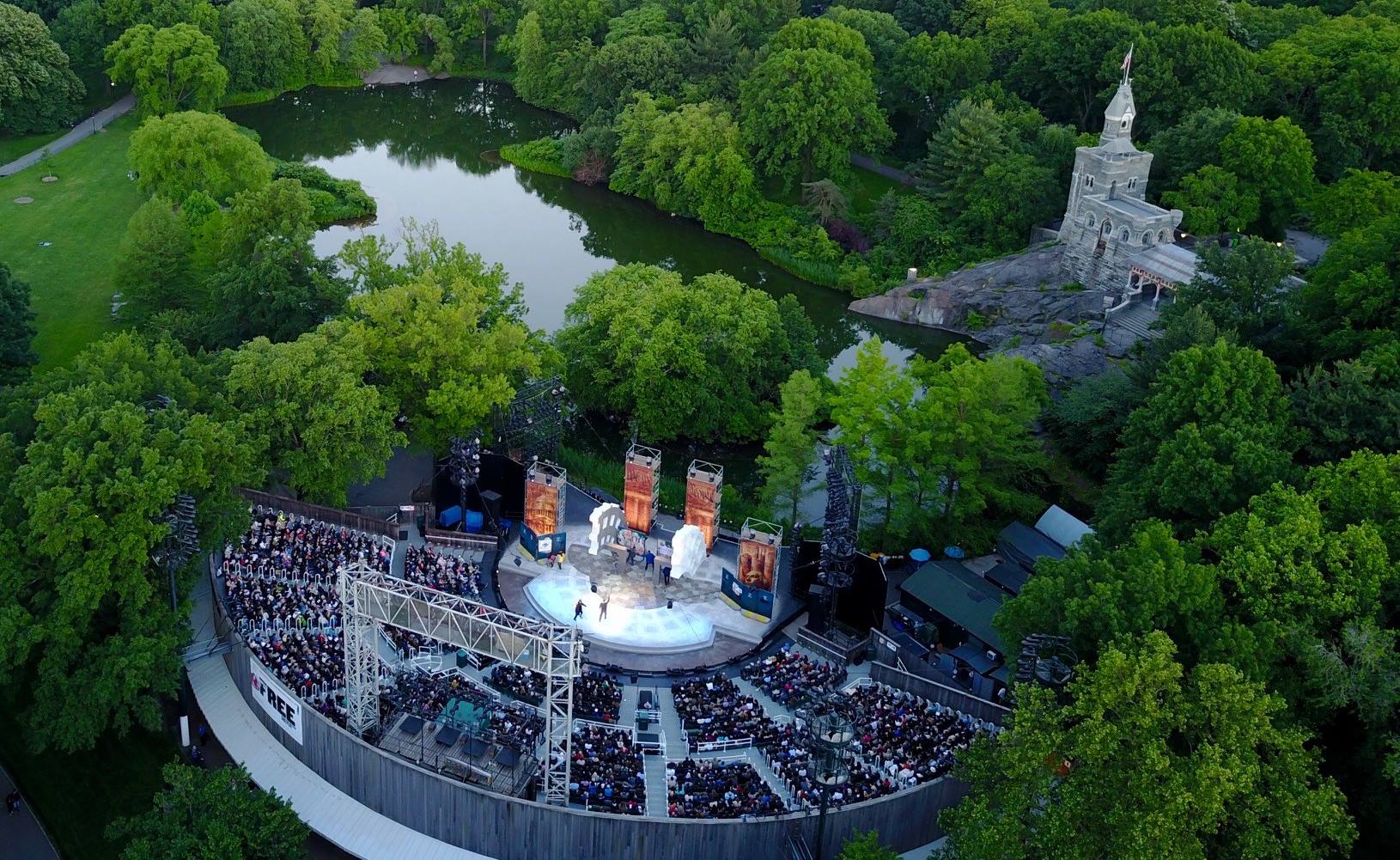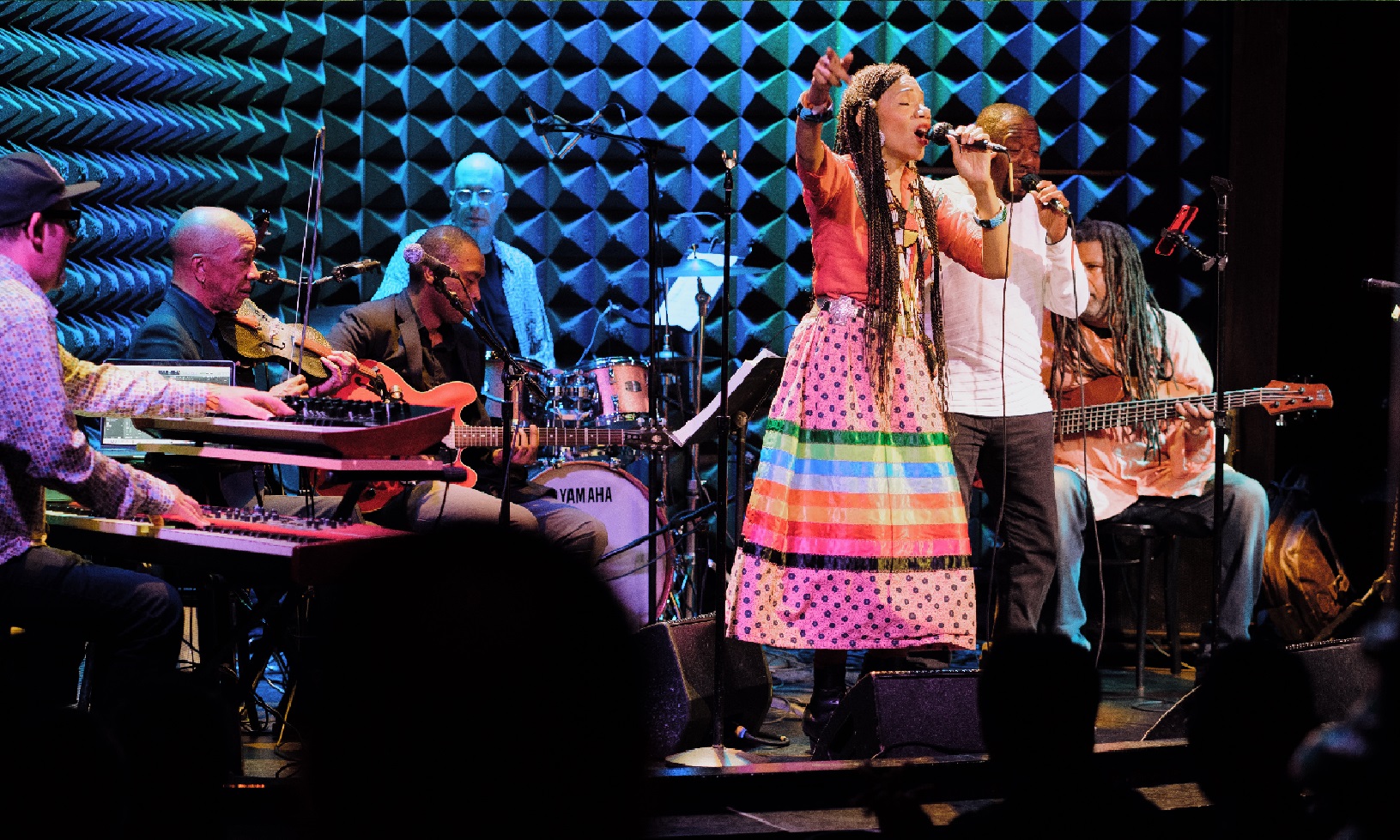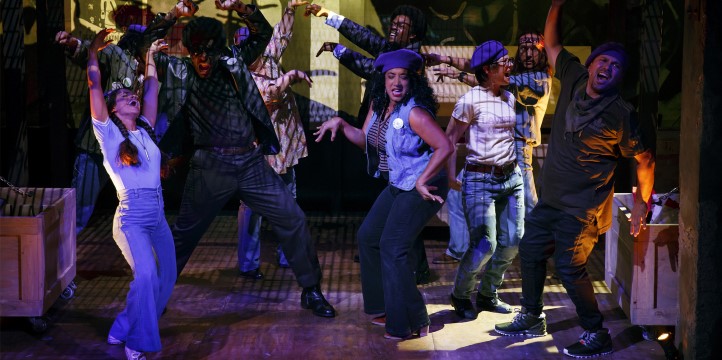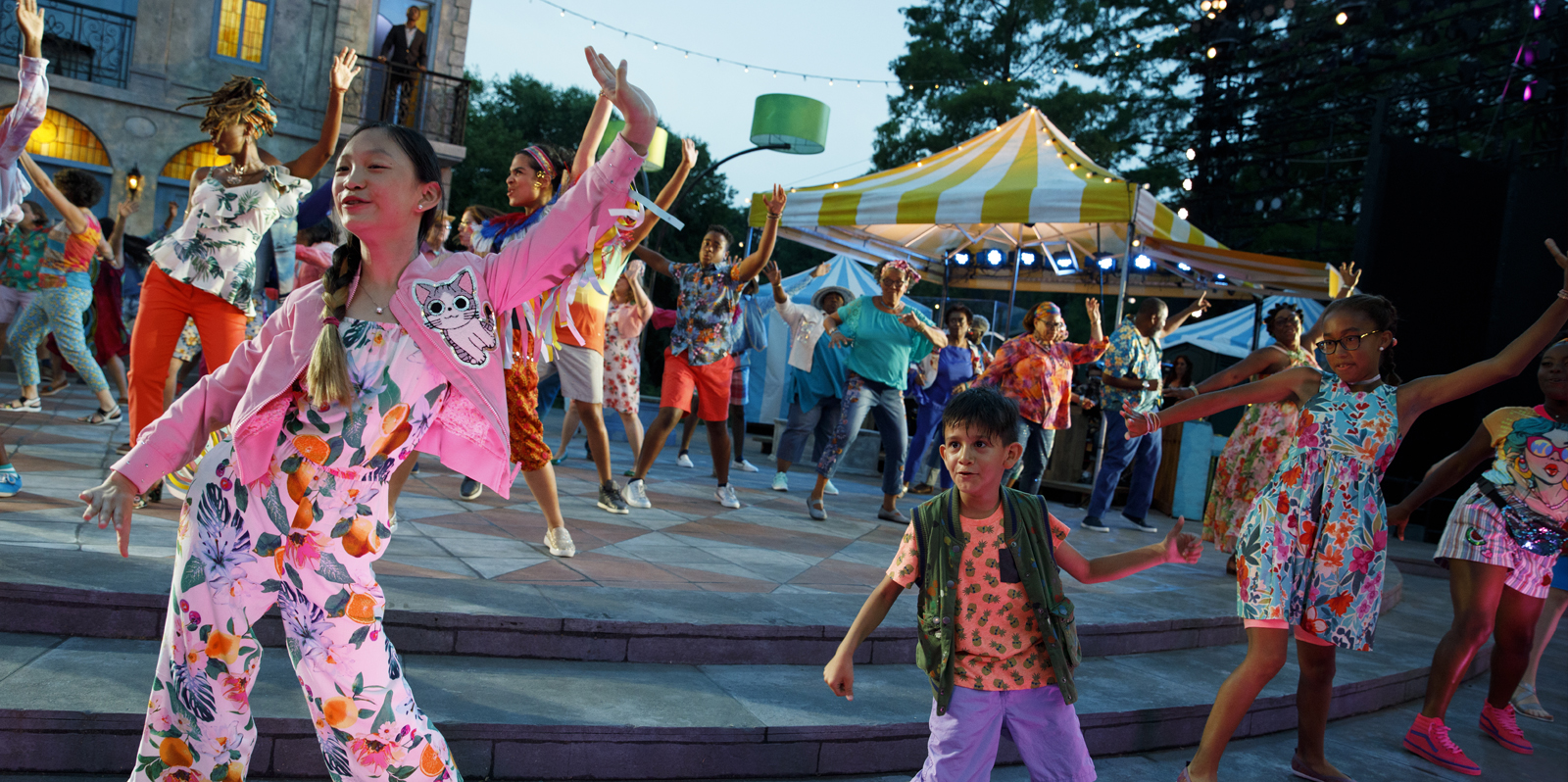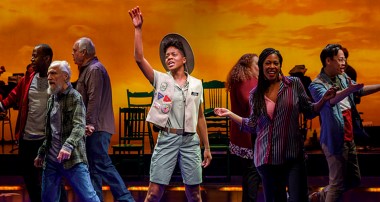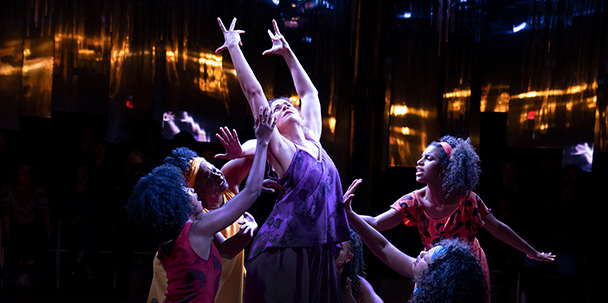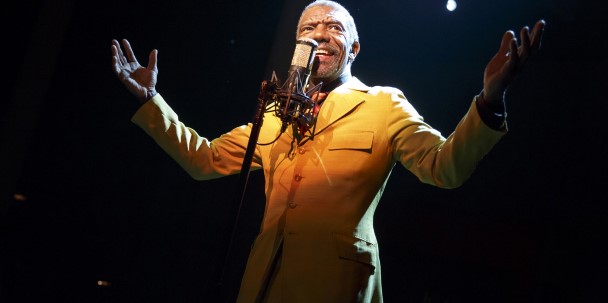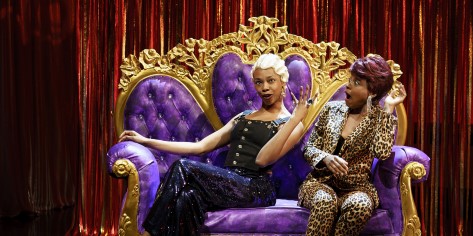From Erika T. Lin, Associate Professor of Theatre and Performance at the Graduate Center, CUNY, and award-winning author of Shakespeare and the Materiality of Performance
By today’s standards, Shakespeare was decidedly queer, a polyamorous pansexual who wrote nonbinary characters. But in early modern England, people did not presume that romance, desire, or friendship had to align with gender, marriage, or family. Love and sex were feelings and actions, not identity categories. Boy actors played women’s parts onstage. People crossdressed to celebrate holidays like Christmas and Shrovetide. King James swore his devotion to the Duke of Buckingham and openly shared his bed.
Despite these historical differences, the queer potential of Shakespeare comes through loud and clear. In Twelfth Night, when Olivia meets Viola disguised as Cesario, the youth’s description of how “he” would woo her sweeps the countess off her feet. The audience falls in love, too. But are we falling for the female character, the young man she pretends to be, or the performer playing those roles—or all three? Shakespeare was not unique in exploring these questions. Middleton and Dekker’s The Roaring Girl featured Moll Cutpurse, a seventeenth-century celebrity who simultaneously wore male and female clothing and transgressed gender norms by playing the lute in public. Lyly’s Gallathea told the story of two women who fall in love while disguised as men—and who remain in love once all is revealed, even as one of them physically transitions.
Shakespeare’s sonnets, too, are addressed variously to a young man, a “dark” lady, and others not defined by gender, sexuality, or race. The emotions these poems describe—and evoke in us—are eternal but not bound by societal rules. Who says that how we feel and who we love has to line up neatly? Shakespeare gives voice to affections and passions in all their infinite variety, a wide and universal theatre more wonderful and surprising than the scenes wherein we play.


